Editor’s Note: To help our community navigate these unprecedented times, we’ve refreshed some of our best content that educates, uplifts and unites the government workforce.
Digital technology was supposed to make communication between people easier, faster and better. Yet, for all its conveniences, significant barriers to effective digital communication exist, both internally between coworkers and externally with the people you need to reach with your organization’s messages. These digital communication barriers can interfere with your ability to get our point across via email, chats, texts, messaging, discussion boards, apps, social media, websites and any online channels.
What are the top barriers you need to overcome to effectively communicate through digital channels?
1. Physical barriers
Physical barriers present different challenges for offline versus online communication. Technology has helped reduce and even overcome distance, allowing people to share information without needing to meet in real life. But, there’s more to physical barriers than distance.
Physical barriers to digital communication include other environmental conditions like time, place and medium. Time is a barrier if you don’t have enough hours in the day to respond to emails, update your website or create content for other channels, and if you share information when people are not listening. Place is a barrier if you try to communicate with people on a channel they don’t already use, or where they aren’t receptive to the information you’re trying to share. Medium is a barrier if your digital communication tools fail to work as expected, such as if an algorithm hides your message or if the people you need to reach don’t have access to adequate software, hardware or broadband internet.
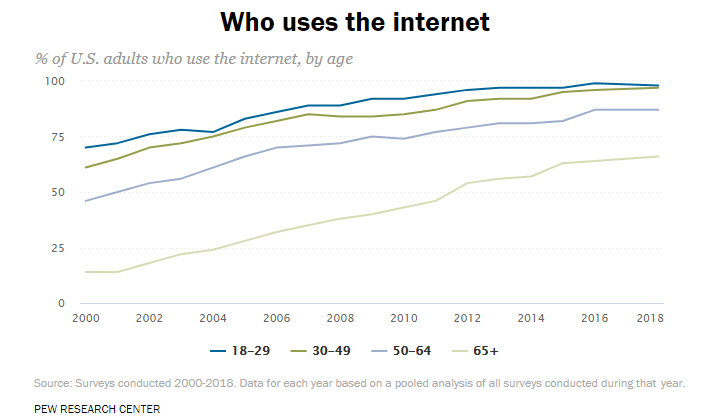
Source: Pew Research Center
2. Emotional barriers
Emotional or psychological barriers are perhaps the most common barriers to communication, digital or otherwise. It’s not enough for your messages to reach people. People also need to be willing to listen and believe, and make good decisions. An individual’s beliefs, attitudes and values have a strong influence on how they process information. People can easily misinterpret digital communication, which often does not include vocal inflections, tone of voice, facial expressions, body language or other types of visual or audio cues people rely on to understand emotional meaning.
Because people are emotional beings, you cannot eliminate emotions from communication. Nor should you, as emotions can help messages spread. But, before you hit send, publish, post or tweet, pause to evaluate the emotional motivations of what you’re about to communicate. Check your current emotional state, consider whether your feelings inadvertently distorted your message, and review your content for anything out of place. Next, dial up your empathy, imagine the people you hope to communicate with and think about the emotional response you want to trigger and whether any part of your communication could be taken the wrong way.
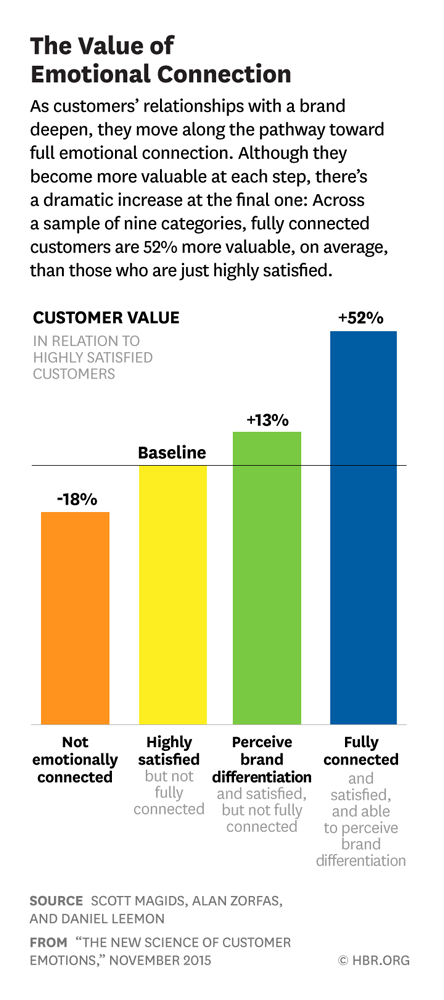
Source: Harvard Business Review
3. Identity barriers
Identity barriers that exist in society can become part of or reinforced by digital communication efforts. These barriers can include gender, racial, ethnic, sexual orientation, class, age, disability, veteran status or other personal, social or cultural identities. Identity barriers can lead to miscommunications and misunderstandings, as well as misrepresentations of people and their ideas. Even if you do not consciously construct identity barriers, they can invade your message and how you communicate. Who authors your online content, who runs your webinars, who you quote in articles, who you show in photos and videos, whose stories you tell, who collects and analyzes your data, where you share and who you follow and engage with online all can either reinforce or reduce these identity barriers.
To minimize identity barriers, take steps toward more inclusive digital communication. Solicit feedback on how your digital communication channels, content and approaches may be encouraging identity barriers. Ditch your assumptions and listen to people, subcultures and communities whose experiences are different than yours. Recruit and recognize a wider variety of people as digital creators, messengers and influencers. Make an effort to understand the norms, tone and channels that different groups of people use to communicate, and adjust your digital communications approaches to meet them where they are.
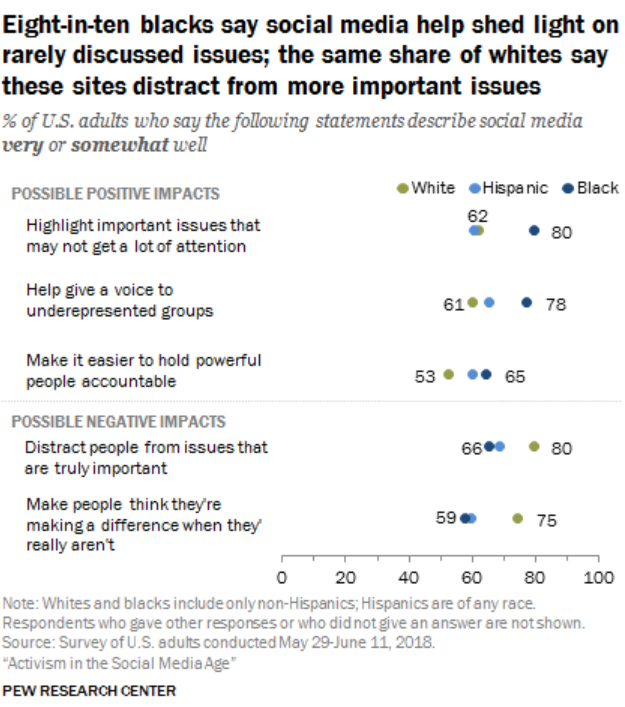
Source: Pew Research Center
4. Semantic barriers
Semantic barriers are about the different interpretations of words and symbols used to communicate. It can be people who speak a different language or dialect, have limited language proficiency, don’t have as much knowledge about an issue, or use words and symbols differently than you do. The potential for semantic ambiguity is especially strong in digital communications where trending hashtags, fast-flying memes and emojis can each convey complex and evolving ideas, foster solidarity through shared understanding, and yet exclude people who aren’t hip to the meaning. The same goes for jargon, slang, acronyms and overly complex language, the use of which is likely to create a barrier between those who understand and those who don’t.
Effective digital communication cannot happen if the sender and receiver don’t have the same understanding of the intended message. Even when people speak the same language, an individual’s context, culture or other factors can also change the meanings of words and symbols and create differences understanding.
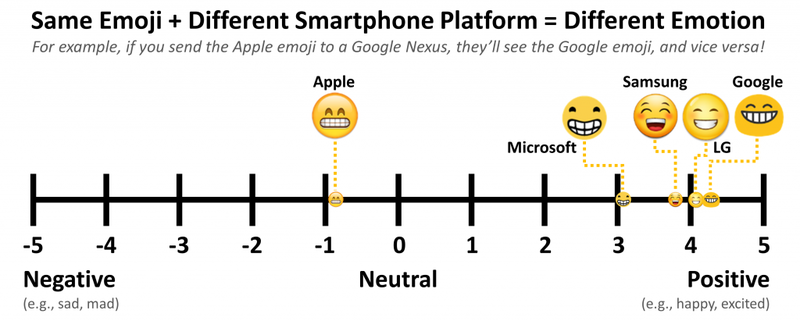
Source: GroupLens
5. Accessibility barriers
Accessibility barriers are often overlooked in the drive toward digital communication. Digital communication is effective only when people of all abilities can access and understand information. Making communication accessible to everyone is not a nice-to-have feature. Organizations that serve the public have an obligation to communicate effectively with people who have communication disabilities.
Photos, graphics, emoji, livestreaming, webinars, podcasts, PDFs, videos and other audio and visual formats are now important parts of how people and organizations communicate online. But, each of these content formats can prevent some people from accessing information. Overcoming accessibility barriers to digital communication takes more than captioning videos and adding descriptions to images, though both are important to do. Information should be accessible to people with visual, auditory, motor or cognitive disabilities, or other impairments that can affect communication and understanding.
6. Attention barriers
Attention barriers are when people miss out on what you have to say because they are distracted from giving your message their full focus. When you try to communicate with people while they’re on their computer, tablet, smartphone or other devices, you’re competing for their attention with both the online and real-world distractions. People may also be fatigued by information overload, with little attention span left. They may be confused if you give them too many details or options, or if they can’t easily find the information that’s relevant to their unique needs. They may want to pay attention to your message, but their boss is yelling, their child is crying or their phone is ringing.
It’s difficult to break through the noise and overcome attention barriers to communication online. When communicating digitally, you may have no way of knowing if your audience is paying attention. This is why measuring the impact of your communications is so important—and so challenging.
7. Credibility barriers
Credibility barriers interfere with digital communications when people can’t trust the message, the messenger, or both. On digital channels, it’s easy to encounter messages out of context, assume the messenger is biased, or impose a different meaning than was intended in a 280-character tweet or hastily written email. People can manipulate their digital presence to appear as if they’re an authority or influencer, even if they don’t have the credentials or followers to back up the claim. People are also still fooled by Photoshopped images and duped by pranksters, while manipulated audio and video (a.k.a. deepfakes) is becoming a serious problem.
People rely on technology companies to verify accounts, ban spammers, block hackers, protect privacy and keep other people from pretending to be someone they’re not — but lately these companies have shown they’re not up to the task. People are increasingly questioning whether the information they get through digital channels can be trusted and are worrying about how safe it is to participate in online conversations. As people lose confidence in the abilities of tech companies to police their platforms and protect their users, those of us who rely on these channels to communicate will need to develop the trust of our audiences.
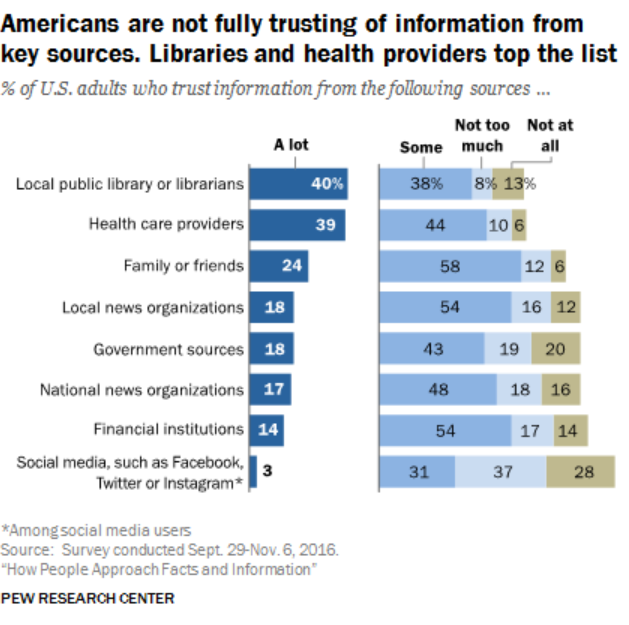
Source: Pew Research Center
What barriers to digital communication do you deal with?
Do you or your organization face problems with digital communications? What barriers do you encounter, and what are you doing to solve the problem?
Lauren Girardin is a marketing and communications consultant, freelance writer, and trainer based in San Francisco. She helps organizations engage their communities and tell their stories. Her website is laurengirardin.com and you can connect with her on Twitter at @girardinl.
This post was originally published Aug. 8, 2018.


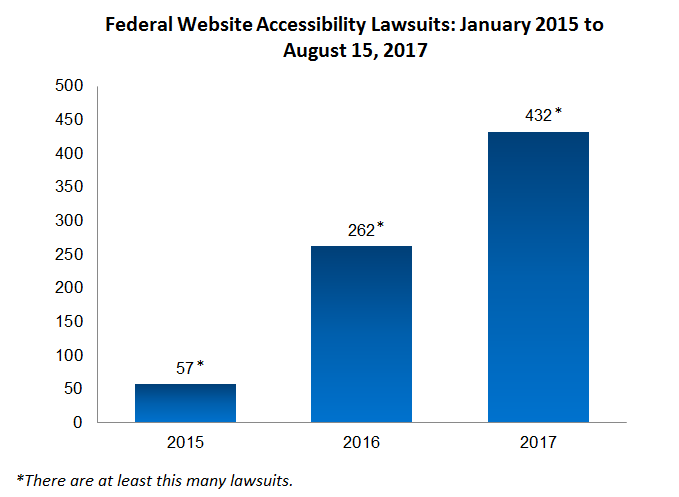
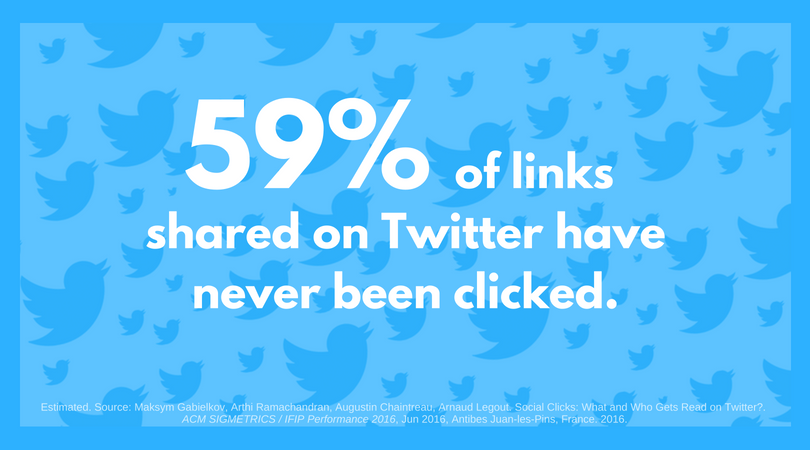



I’ve never considered the semantics barrier, but I feel like most can relate to the attention barrier in particular. Great piece.
I am at the comfort zone if I am in the conversation via on video phone , zoom or skype that way I can see you in person than use the computer or text phone. Because I cannot hear or see how do they feel … For the hearing person, it is different story.. Thank you for the detail that is interesting…